
MAM Self-Sterilizing Bottles offer a convenient and hygienic solution for baby feeding. Their innovative technology allows for quick sterilization in the microwave, ensuring safety and ease of use. Designed for newborns and toddlers, these bottles combine practicality with advanced features, making them a popular choice for parents seeking hassle-free feeding solutions.
Overview of MAM Self-Sterilizing Technology
MAM Self-Sterilizing Technology is a revolutionary feature designed to simplify bottle sterilization. It uses microwave steam to kill bacteria and germs, ensuring a hygienic environment for baby feeding. The process involves adding a measured amount of water to the bottle base, which generates steam when heated in the microwave. This steam effectively sterilizes all components in just 3 minutes. The technology eliminates the need for a separate sterilizer, making it portable and energy-efficient. It also aligns with eco-friendly practices by reducing energy consumption. This innovative solution is integrated into MAM bottles, offering parents a convenient, safe, and reliable way to maintain hygiene.
Benefits of Using MAM Self-Sterilizing Bottles
MAM Self-Sterilizing Bottles offer numerous benefits for parents seeking convenience and safety. Their microwave-based technology ensures quick sterilization, saving time and effort. The bottles are easy to use, requiring only water and a microwave, making them ideal for travel and daily use. They are energy-efficient, reducing CO2 emissions by up to 85%. The anti-colic design and soft teats promote comfortable feeding, while the self-sterilizing feature ensures that all parts are germ-free. These bottles are dishwasher-safe and durable, maintaining their quality over time. Overall, they provide a practical and hygienic solution for parents, ensuring their baby’s feeding needs are met with ease and safety.
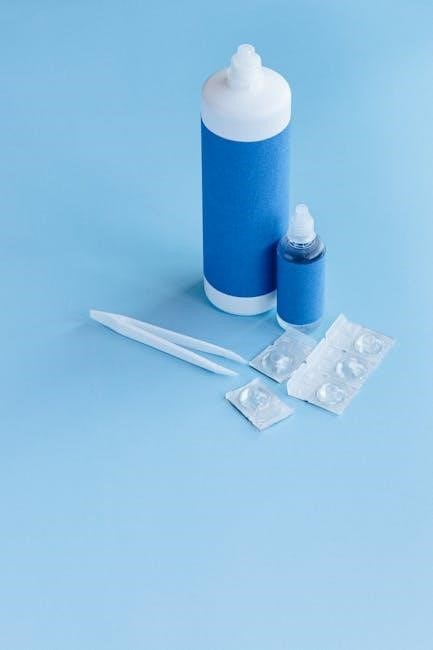
Preparation Before First Use
Before first use, wash all components in boiling water or a dishwasher. Ensure cleanliness and proper drying to maintain hygiene and functionality for safe baby feeding.
Cleaning the Bottle Components
Thoroughly clean all parts of the MAM bottle before first use. Wash each component separately in boiling water or a dishwasher on the sterilize cycle. For daily cleaning, rinse with mild soapy water and warm water. Use a soft-bristle brush to clean hard-to-reach areas. Avoid using abrasive cleaners or scourers, as they may scratch the plastic. Ensure all parts are dry and free from residue before reassembling. Regular cleaning helps maintain hygiene and prevents the growth of bacteria, ensuring safe and effective use for your baby.
Initial Sterilization Process
For the first use, sterilize all MAM bottle components by submerging them in boiling water for 5 minutes or using a dishwasher’s sterilize cycle. This ensures all parts are free from contaminants. After washing, disassemble the bottle and place components in a clean, dry area. The initial sterilization is crucial for establishing a hygienic foundation for future use. Ensure no residue remains on any part, as this can affect the bottle’s performance. Proper sterilization guarantees safety for your baby, ensuring the bottle is ready for its first use without any harmful bacteria or germs.
Assembling the Bottle for First Use
After sterilizing, assemble the bottle by placing the screw ring with the teat onto the base containing the white valve. Ensure the components are clean and dry. Next, carefully place the bottle body over the screw ring without screwing it down. Finally, secure the protective cap on top. This assembly ensures the bottle is ready for self-sterilization in the microwave. Always follow the manufacturer’s instructions for proper assembly to maintain the bottle’s functionality and safety. Correct assembly is crucial for effective sterilization and leak prevention, ensuring your baby’s feeding experience is safe and convenient.
Step-by-Step Instructions for Self-Sterilization
Measure 20ml of water, assemble the bottle with teat and screw ring, and place in the microwave. Set timer based on microwave wattage and let cool after sterilization.

Measuring Water for Sterilization
Accurate water measurement is crucial for effective sterilization. Use the protective cap to measure exactly 20ml of cool tap water. Pour this into the bottle base with the white valve. Ensure the water level is precise, as insufficient or excess water may affect sterilization efficiency. Avoid using hot water, as it can cause overheating during microwaving. This step ensures the generation of enough steam to sterilize all components properly. Always double-check the measurement before proceeding to maintain safety and hygiene standards for your baby’s feeding essentials.
Placing the Bottle in the Microwave
After assembling the bottle with the measured water, place it upright in the microwave. Ensure the bottle is centered to allow even steam distribution. Do not leaning the bottle against the sides or other objects, as this can cause uneven heating. If using multiple bottles, arrange them without overlapping to maximize sterilization efficiency. Ensure no metal parts are exposed, as this can cause sparks or burns. Securely close the microwave door to maintain steam containment. Proper positioning is essential for effective sterilization and to prevent any accidental spills or damage during the process. Always follow the manufacturer’s guidelines for safe placement.
Setting the Microwave Timer
Set the microwave timer according to the wattage of your microwave and the number of bottles being sterilized. For most microwaves, 3 minutes at 500-800 watts is sufficient, while higher wattages may require slightly less time. Refer to the MAM manual for specific timing guidelines. Ensure the timer is set accurately to avoid under or over-sterilization. Once set, start the microwave and allow the cycle to complete without interruption. After the timer goes off, let the bottle cool for a few minutes before removing it. Proper timing ensures effective sterilization and safety. Always follow the manufacturer’s recommended guidelines for optimal results.
Allowing the Bottle to Cool
After the sterilization cycle, allow the bottle to cool for approximately 3 minutes before handling. This ensures the internal steam dissipates safely and prevents burns. Keep the bottle upright during cooling to maintain sterility. Avoid opening the bottle immediately, as the steam inside is essential for maintaining sterilization. Once cooled slightly, you can safely remove it from the microwave. Always handle the bottle carefully, as parts may still be hot. Allow it to cool completely before preparing it for use. Proper cooling ensures the bottle remains sterile and ready for your baby’s next feeding.
Maintaining Hygiene and Safety
Regularly check bottle parts for damage or wear. Clean and sterilize before each use. Store in a clean, dry place. Follow guidelines to prevent contamination and ensure safety.
Regular Cleaning of Bottle Parts
For optimal hygiene, wash all MAM bottle components with mild soap and rinse thoroughly after each use. Use soft-bristle brushes to clean hard-to-reach areas. Avoid harsh scrubbers to prevent scratching. MAM bottles are dishwasher-safe, but avoid extreme temperatures to maintain durability. Regular cleaning prevents milk residue buildup and ensures bottles remain in good condition. Always rinse thoroughly to remove soap residue, which can affect the taste of milk. By maintaining a cleaning routine, you ensure your baby’s feeding equipment stays safe and hygienic. Regular cleaning also helps preserve the bottle’s anti-colic features and overall performance.
Checking for Damage or Wear
Regularly inspect MAM Self-Sterilizing Bottles for signs of damage or wear. Check the teats for cracks, tears, or discoloration, as these can compromise safety and performance. Examine the bottle body, valve, and screw ring for any visible damage or weakness. If damage is found, replace the affected parts immediately. Avoid using damaged bottles, as they may not function properly or could pose a risk to your baby’s health. Regular inspections ensure the bottles remain safe and effective for feeding. Replace teats every 1-2 months or sooner if signs of wear appear. This routine helps maintain hygiene and functionality.
Proper Storage of Sterilized Bottles
After sterilizing MAM Self-Sterilizing Bottles, store them in a clean, dry place. Ensure they are fully assembled to maintain sterility. Avoid exposure to direct sunlight or heat sources, as this may cause warping or damage. Use sterilized bottles within 24 hours if stored at room temperature or up to 3 days if refrigerated. For extended storage, keep them in an airtight container to prevent dust contamination. Always inspect bottles for damage before use, even after storage. Proper storage helps maintain hygiene and ensures the bottles remain safe for your baby’s use.
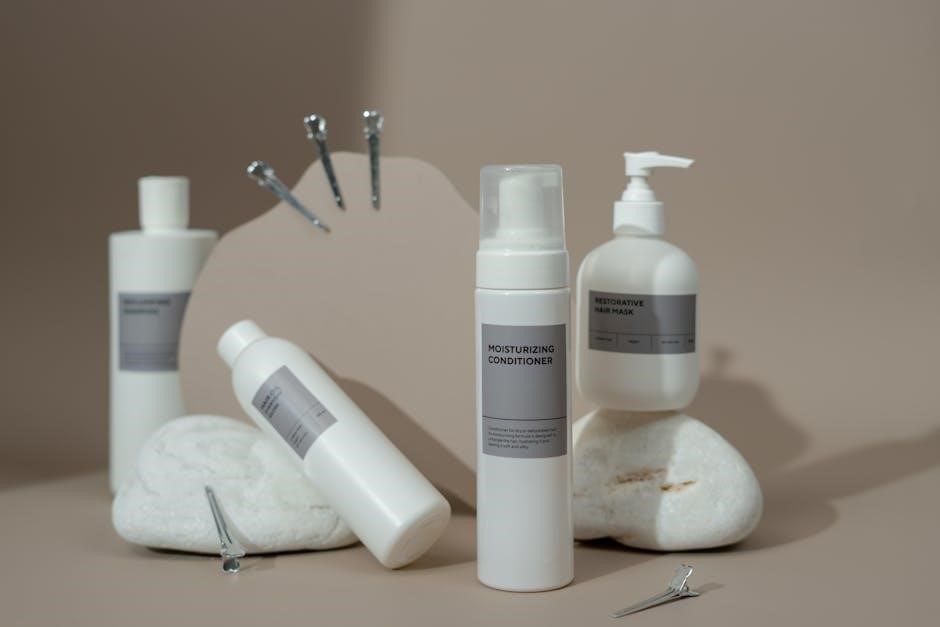
Troubleshooting Common Issues
Common issues with MAM bottles include incomplete sterilization or lid closure problems. Check microwave wattage, ensure correct water levels, and verify lid tightness. Contact support if issues persist.
What to Do if Bottles Are Not Fully Sterilized
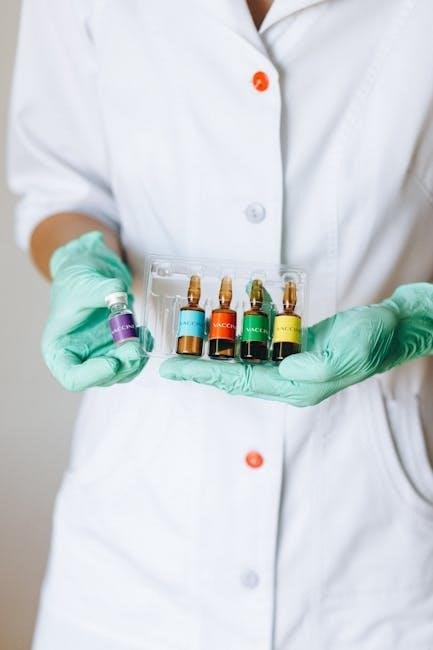
If MAM bottles aren’t fully sterilized, check your microwave’s wattage to ensure it falls within the recommended range. Verify that you’re using the correct water volume and sterilization time as per the manual. Ensure bottles are properly arranged and the lid is securely closed. If issues persist, slightly increase the sterilization time but avoid exceeding the maximum recommended. Check for any obstructions in the sterilizer and ensure even steam distribution. If problems remain, contact MAM customer support for further assistance or consider replacing the sterilizer if under warranty.
Addressing Microwave Compatibility Problems
If your microwave isn’t compatible with the MAM self-sterilizing bottles, start by checking the microwave’s wattage. Ensure it falls within the recommended range of 500 to 1850 watts. If the sterilizer doesn’t fit, measure your microwave’s interior to confirm dimensions match. For microwaves with lower wattage, adjust the sterilization time slightly. If the issue persists, consider using a larger microwave or alternative sterilization methods. Always ensure the sterilizer is placed centrally for even heat distribution. If problems remain, contact MAM customer support for guidance or explore other compatible sterilization options for your baby’s feeding needs.
Fixing Lid Closure Issues

To address lid closure problems with MAM self-sterilizing bottles, ensure the screw ring and collar are properly aligned with the bottle base. Clean the lid and surrounding areas thoroughly, as dirt or residue can prevent a secure seal. Check for any signs of wear or damage on the lid or screw ring, and replace damaged parts if necessary. Always ensure the lid is clicked into place firmly after sterilization. If issues persist, refer to the MAM guidelines for proper assembly or contact customer support for assistance. Proper lid closure is essential for maintaining sterility and functionality.
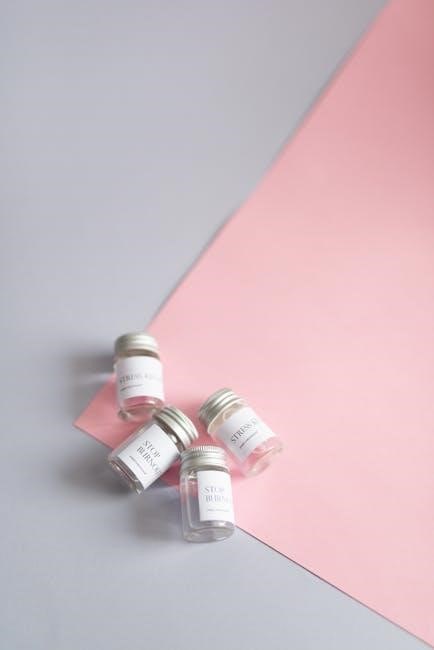
Additional Tips for Using MAM Bottles
Always use MAM-branded teats for compatibility and safety. For travel, store sterilized bottles in a sealed container to maintain hygiene. Regularly check for wear on the valve and teat, ensuring optimal performance and preventing leaks. Properly align the screw ring and collar during assembly to ensure a secure fit. After sterilization, allow the bottle to cool slightly before handling to avoid burns. Store bottles upright in a clean, dry place when not in use to prevent moisture buildup and bacterial growth. Always ensure the lid is tightly closed to maintain sterility and prevent contamination. By following these tips, you can extend the lifespan of your MAM bottles and ensure they remain safe and effective for your baby’s feeding needs. For additional guidance, refer to the user manual or contact MAM customer support for personalized assistance. Happy feeding!
Using MAM Bottles for Travel
MAM Self-Sterilizing Bottles are ideal for travel due to their portability and convenience. Their compact design and lightweight materials make them easy to carry. The self-sterilizing feature allows parents to ensure hygiene even without access to a dishwasher or separate sterilizer. Simply measure 20ml of water, assemble the bottle, and sterilize in the microwave for 3 minutes. Once sterilized, bottles can be stored fully assembled, ready for use. This feature is especially useful during trips, as it saves time and space. The bottles are also dishwasher-safe, making them a practical choice for families on the go. Always ensure the bottles are securely packed to prevent leakage during travel.

Storing Sterilized Bottles for Later Use
Sterilized MAM bottles can be stored for later use by keeping them fully assembled in a clean, dry place. After sterilization, pour out the water from the base and store the bottle with the teat facing down to prevent moisture buildup. The bottles remain sterile as long as they are not opened or exposed to contaminants. For extended storage, place them in a sealed container or ziplock bag. Always ensure the storage area is clean and free from direct sunlight. This method saves time and ensures the bottles are ready for use whenever needed, maintaining hygiene and convenience for parents.
Energy-Saving Benefits of Self-Sterilization
MAM Self-Sterilizing Bottles offer significant energy-saving benefits. The self-sterilization process in the microwave uses minimal water and energy compared to traditional sterilization methods. By requiring only 20ml of water and a short 3-minute cycle, it reduces energy consumption and CO2 emissions by up to 85%. This eco-friendly approach aligns with modern parenting values, providing a convenient and sustainable solution for busy families. The energy efficiency of MAM bottles makes them a practical choice for parents who prioritize both their baby’s health and environmental impact, ensuring a greener and more cost-effective feeding routine.
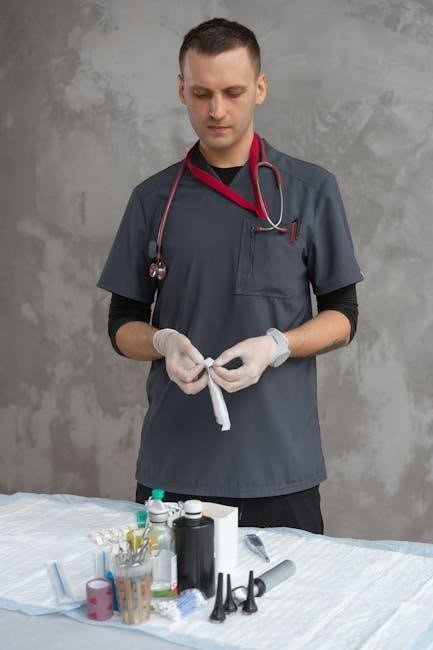
MAM Self-Sterilizing Bottles are an excellent choice for parents, offering ease of use, microwave convenience, and safety. Their innovative design ensures a healthy feeding experience for babies.
MAM Self-Sterilizing Bottles simplify baby feeding with their innovative design. Measure 20ml of water, assemble the bottle with the valve, screw ring, and teat, and place it in the microwave. Set the timer according to your microwave’s wattage (typically 3 minutes for 500-1850 watts). After sterilization, let the bottle cool slightly before handling. Once cooled, reassemble and fill with formula or breast milk. This process ensures a clean, safe, and ready-to-use bottle for your baby. The self-sterilizing feature saves time and energy, making it a practical choice for parents seeking convenience without compromising on hygiene.
Final Tips for Optimal Use

For optimal use of MAM Self-Sterilizing Bottles, ensure all parts are clean and dry before assembly. Always measure the correct water amount (20ml) for sterilization to maintain hygiene. Store sterilized bottles in a clean, dry place to prevent contamination. Allow bottles to cool slightly after sterilization before handling to avoid burns. Regularly inspect teats and valves for wear and tear, replacing them as needed. For travel, store assembled bottles in a protective case to maintain sterility. Lastly, follow the microwave guidelines to avoid overheating and ensure energy efficiency. These practices ensure long-term safety and effectiveness of your MAM bottles.